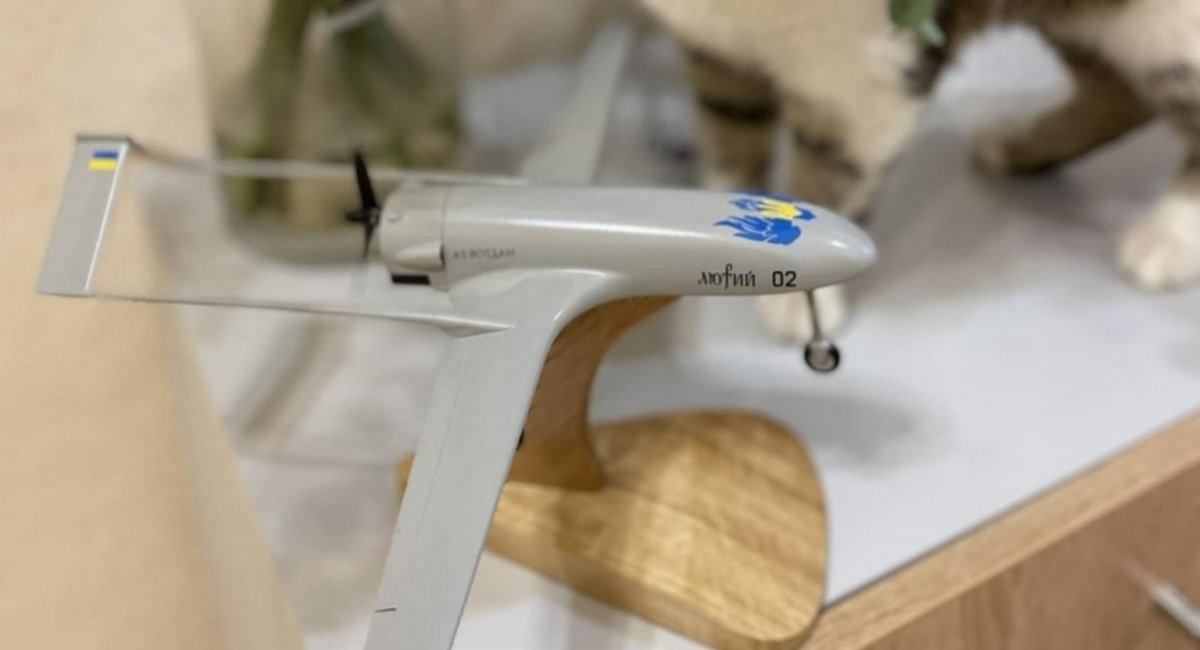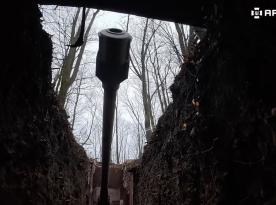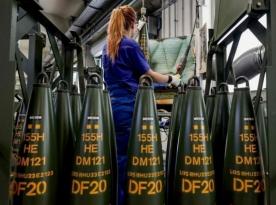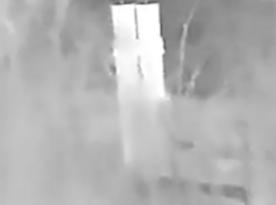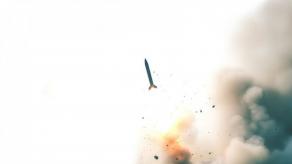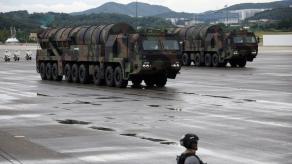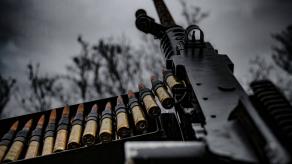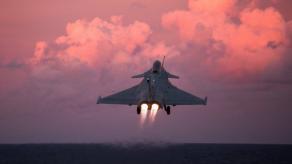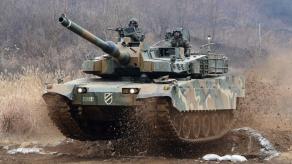Ukraine has learned to rapidly create field software for its unmanned aerial vehicles, and this should be an important lesson for every NATO country, said Jack Watling, a senior researcher at the Royal United Services Institute (RUSI). Having closely researched the effectiveness of unmanned technologies on the battlefield, he noted Ukrainian specialists' ability to adapt in order to keep their lethal drones effective. This trait is critically important in modern warfare, especially when the enemy constantly shoots down UAVs and analyzes them to develop countermeasures.
Otherwise, if the necessary changes are not made in time, the adversary can in 6–12 weeks gather sufficient data "to start effectively jamming and/or spoofing" the UAV, Jack Watling stated, as cited by USNI News media of the U.S. Naval Institute.
Read more: What Ukrainians Do with French AMX-10RC APCs, Why It Does Not Work?
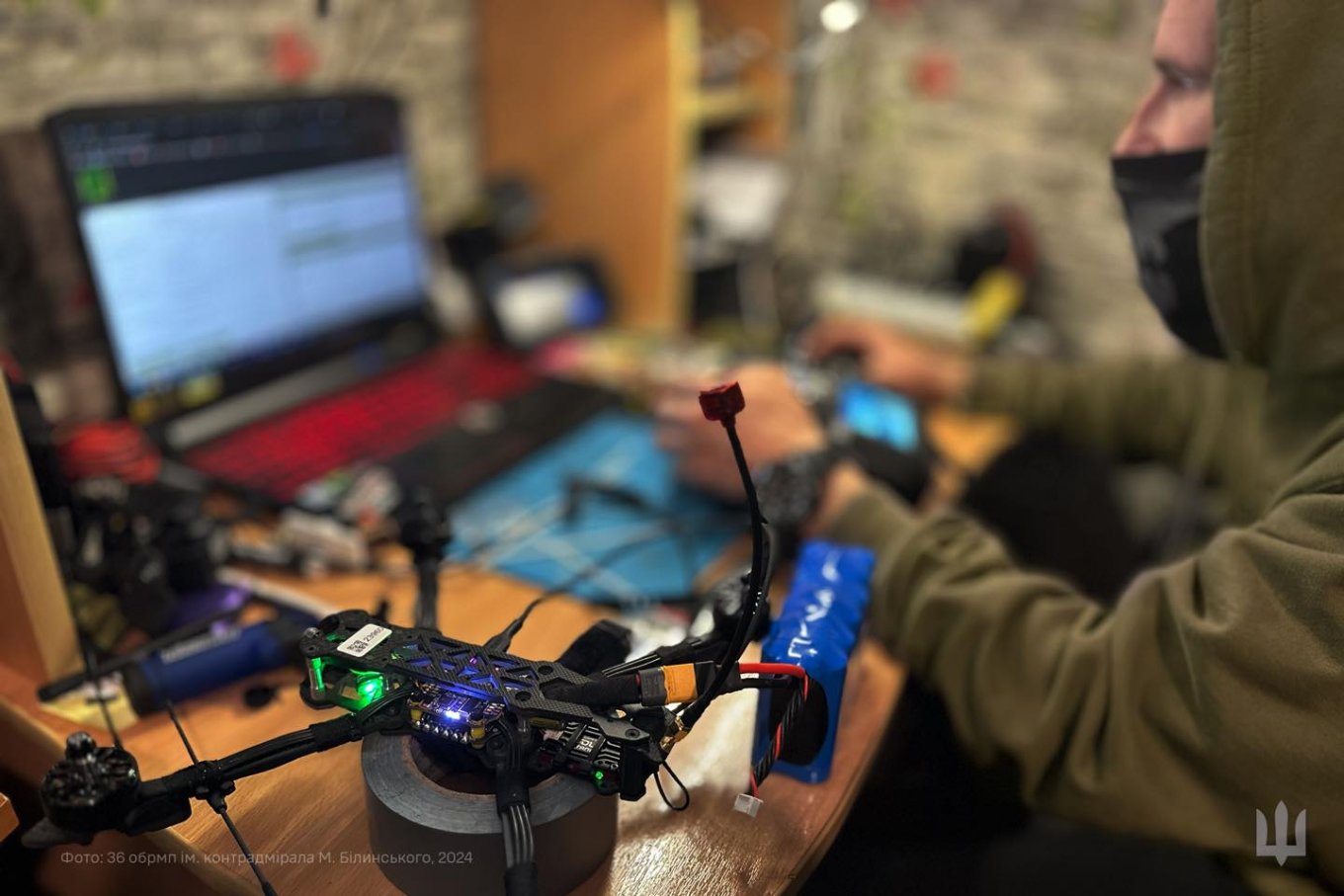
To prevent that from happening, Ukrainians manage to alter waveforms and techniques applied to their drones, sometimes as fast as within two weeks. However, Ukraine is generally at a disadvantage in terms of scale: the capacity of UAV production is lower compared to the volumes russia can afford.
On the other hand, the russians struggle with "a much slower development-to-fielding process." Similarly, NATO armies are not capable of such swift reactions to the UAV threat, Watling emphasizes.
For illustration, he recalls the 2020 war between Azerbaijan and Armenia. During the conflict, underestimated Turkish-made Bayraktar TB2 drones turned out unexpectedly effective by eliminating countless military equipment of the Armenian forces. "If you don’t prepare for [drone’s impact from surveillance to long-range strike], it will go badly for you," USNI News quotes the expert as saying.
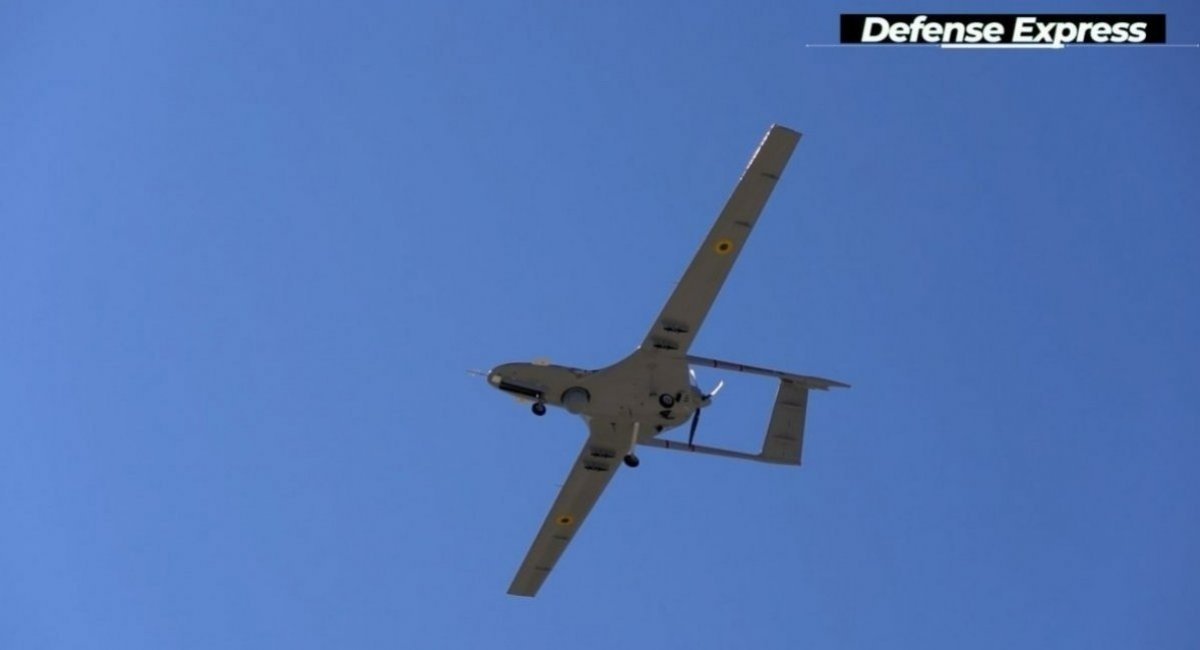
The problem with NATO's UAV doctrine is that the alliance "regards them as aircraft, and aircraft standards are fairly rigorous" in terms of training required to operate drones, application, and maintenance. The reasons are multiple, foremostly it's about safety on the ground and in the air.
Watling elaborates that each change needs a repeated certification, and the delay can deteriorate real combat effectiveness of UAVs. The drone industry, he suggests, should revisit its approach, so that if the time comes for NATO to deploy unmanned systems in combat, the technologies could be adapted rapidly, on par with the evolving conditions on the battlefield.
In his article titled "Mass Precision Strike," written together with Justin Bronk, Jack Watling concluded that ultimately, UAV effectiveness is "dependent upon their interaction with artillery, electronic warfare, air defense and other force elements. UAVs may redistribute the balance of missions assigned to different systems, but they do not eliminate the requirement for traditional artillery."
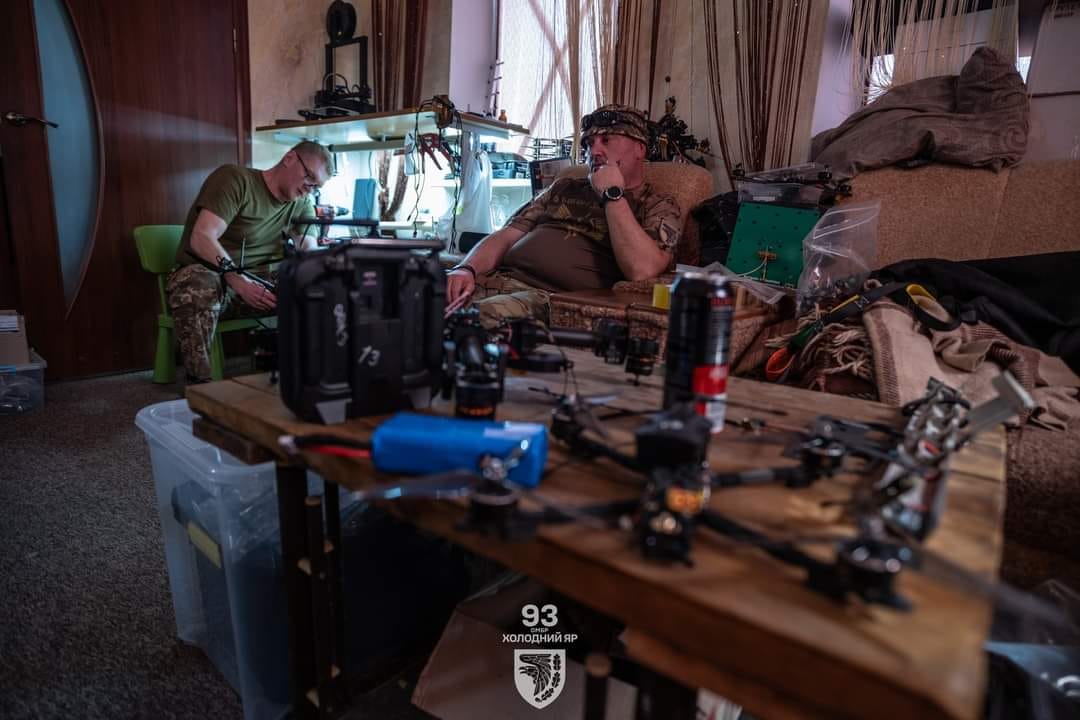
Read more: Ukrainian Forces are Figuring Out How to Combine Ground Robots With Tanks



